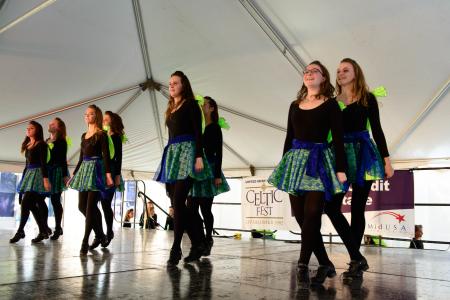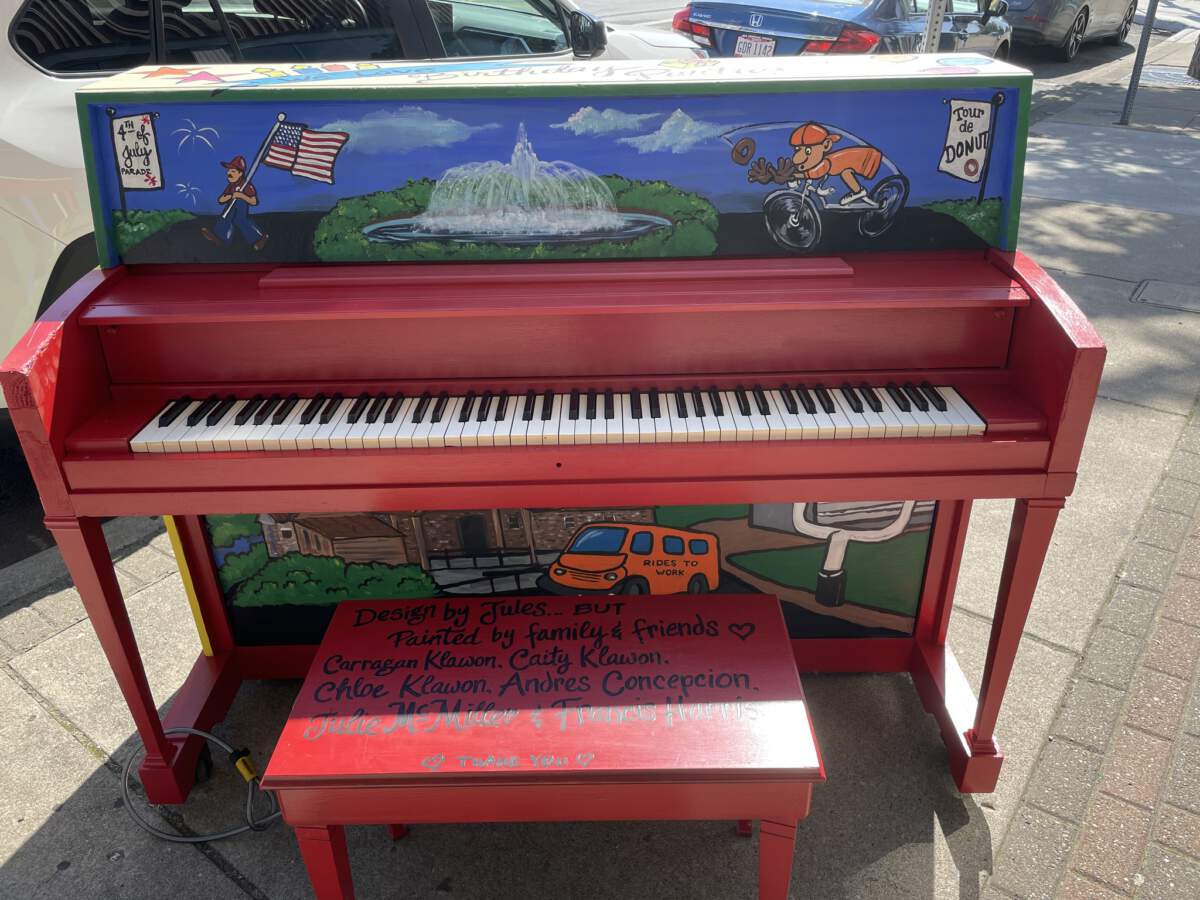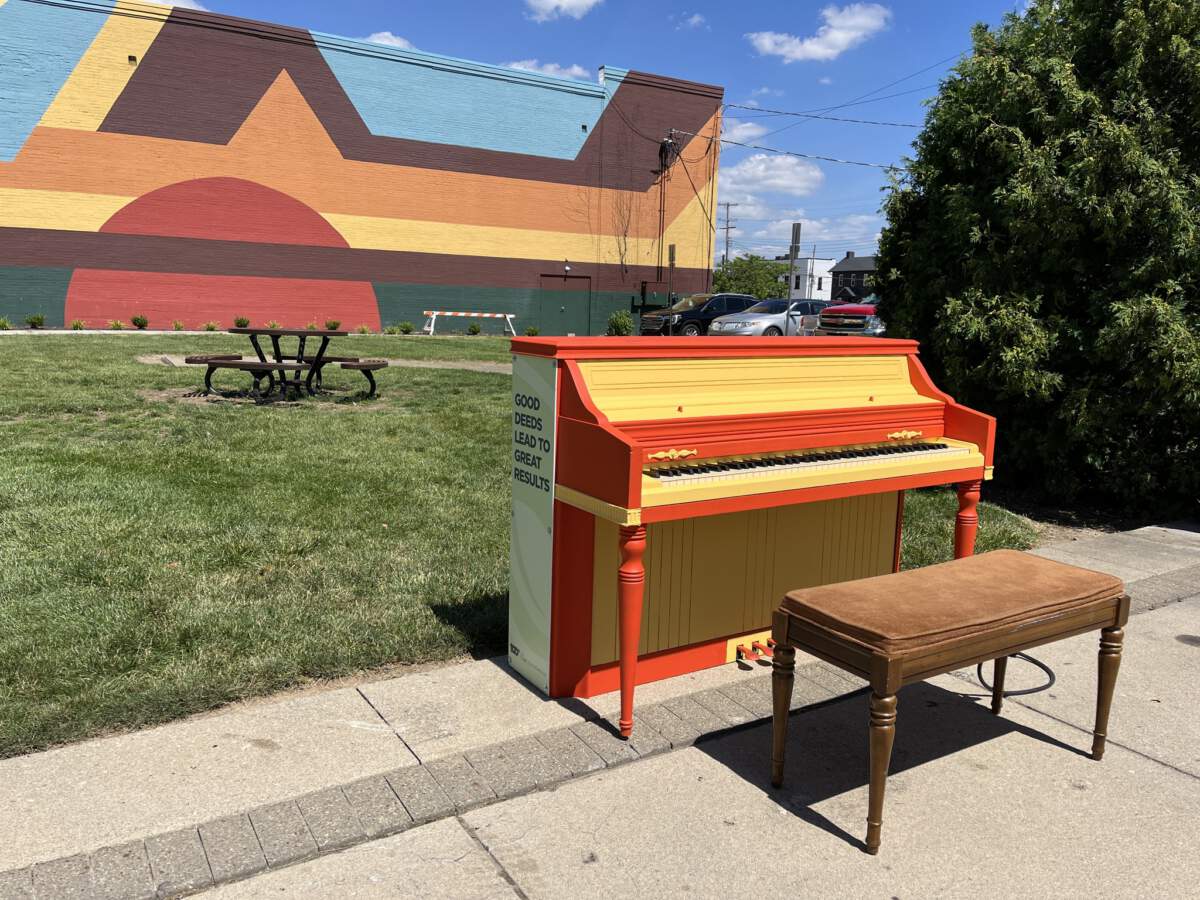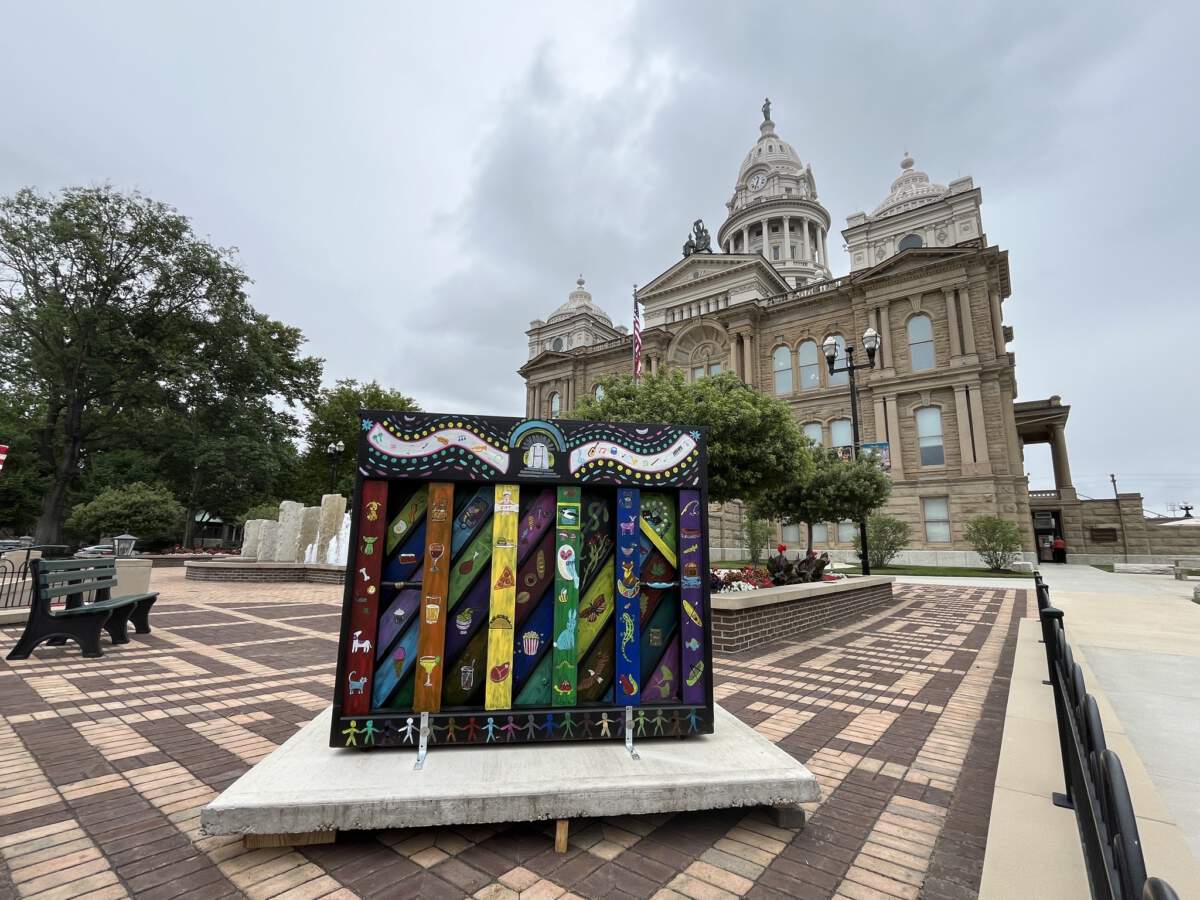Downtown Dayton was supposed to be buzzing with promise and progress on the afternoon of March 20th, but instead, the Small Business Social at The Contemporary Dayton revealed deep divisions between city planners and the very community they hoped to serve.
A Promising Venue, A Troubled Agenda
In a venue usually celebrated for its art and culture, the event—organized by the Downtown Dayton Partnership—was intended to showcase how the upcoming NATO Assembly might bring opportunities for downtown businesses. But as the night unfolded, small business owners voiced their mounting frustration. The galleries, typically filled with creative energy, became an impromptu forum for grievances about decisions that could jeopardize local livelihoods.
Mixed Messages from the Top
The afternoon opened on an upbeat note. Gallery host and curator Heather Jones welcomed the crowd, highlighting current exhibitions and a raffle that momentarily lifted spirits. Yet that optimism quickly faded as Syron Townsend, Community Partnership Manager for the Downtown Dayton Partnership, thanked small business owners for their ongoing support before turning the stage over to Jason Galanes.
Galanes, Chief of Staff for Republican Congressman Mike Turner and one of the lead planners of the NATO Assembly, delivered a message that many found dissonant. “The opportunity for downtown businesses to welcome delegates and constituents to patronize shops and restaurants,” he declared. But he soon undercut his own message with a remark that struck a sour chord: “The event begins on Memorial Day weekend, many people already out on vacation…” The suggestion that local businesses might simply “take advantage” of a national holiday to close shop was met with audible grumbles—a reaction that underscored the economic pressures these businesses are already facing.
Adding insult to injury, Galanes extolled the virtues of lasting public art and beautification efforts—projects funded by state and local tax dollars. Yet he offered little reassurance that these improvements would compensate for the financial strain that a week-long shutdown could impose on struggling downtown shops and restaurants.

Security and the Specter of Exclusion
The tone grew even more contentious when Major Christopher Malson of the Dayton Police Department took the floor. Tasked with explaining the design and purpose of the NATO Village Secure Zone, Malson’s presentation was a mix of policy details and offhand humor that did little to assuage the concerns of those present. “When the City Manager met with me over a year ago, she gave me the edict of ‘We will not be shutting down businesses…’” he recalled—yet the absence of City Manager Shelley Dickstein was conspicuous by itself.
Malson outlined a security plan that included designated entrances, foot-traffic only policies, and even a “Designated Protest Area” for what he insisted would be “peaceful” and “lawful” demonstrations. However, his warning that any protests outside that area might be branded as “riots” did not sit well with business owners who already feel marginalized in the planning process.
Parking Woes and a Clamor for Accountability
Questions about the logistical impact of the NATO event, particularly regarding parking, further fueled the discontent. One business owner’s query about whether the city would subsidize monthly parking costs for employees—an essential lifeline for local commerce—was summarily dismissed by Major Malson with a curt, “The city will not be providing any financial assistance to private businesses.” The response was met with growing frustration, as many pointed out that the downtown community was being expected to shoulder the burdens of an event from which they would reap little benefit.
A moment of further disruption came when an unannounced voice from the back of the room, later identified as Kristina Scott, Vice President of Strategy for The Downtown Dayton Partnership, abruptly attempted to cut off the ongoing questions. “I think this is enough, I believe we have what we need to bring this back to the broader group,” she interjected, prompting a bewildered business owner to ask, “Who are you?”—a question that underscored the disconnect between event organizers and the community they were meant to support.
Aftermath: More Questions Than Answers
By the end of the evening, many small business owners left The Contemporary Dayton not with a sense of possibility, but with more questions and a deep-seated mistrust of the process. The event, meant to highlight opportunities for downtown Dayton, instead exposed a glaring imbalance: local tax dollars were being spent to host an event that many feared would inflict financial harm on the very businesses that form the backbone of the city.
In an economic climate where every dollar counts, the promise of future benefits from beautification projects and enhanced public spaces feels hollow to a community that sees itself as an afterthought. As downtown Dayton prepares for the NATO Assembly, one thing is clear—without genuine support and transparent dialogue, the promise of a thriving, inclusive business community may remain just that: a promise unfulfilled.
If you are a small business owner who needs your voice heard regarding NATO, reach out to DowntownDayton.com and we will include your story in our next NATO Assembly update.







:strip_icc():format(webp)/bhg-million-dollar-sugar-cookies-F0MaGTZHaMT85fait0-0mt-0b773a6a1cf14751973bd6c0a1a2203c.jpg)
:strip_icc():format(webp)/gingerbread-cutouts-R136347-f1d2389bc49e49a9b69f7995df13bc9c.jpg)
:strip_icc():format(webp)/BHG-basic-thumbprint-cookies-hero-01_2HRDY0aPaa8AOU2Q9g8o7c-74c77ca54d3f4879a05adc5e5b5aca53.jpg)
:strip_icc():format(webp)/BHG-recipe-chocolate-chip-cookies-hero-01-84bd634192b64b6d92076d3af528fa38.jpg)
:strip_icc():format(webp)/BHG-millionaire-short-bread-8711943-hero_4hWpjs73qGX93KUxVGDhoK-4ec4b6a221114eec8e0ac0e4c71ec7b6.jpg)
:strip_icc():format(webp)/easy-gluten-free-peanut-butter-cookies-RU311219-c44589ddba274567b130c8e20a8c9119.jpg)
:strip_icc():format(webp)/R173104-b7b4173af9cc419db8957d52f6495630.jpg)
:strip_icc():format(webp)/R109611-83e58eb24cf44997bedeaaebce0c3cdb.jpg)
:strip_icc():format(webp)/fabulous-five-minute-fudge-R075797-e2a2a43277a243b3bd2962de26be32e9.jpg)
:strip_icc():format(webp)/candy-cane-bark-R091992-6280a572ffe74f95832d73f19fb4332b.jpg)

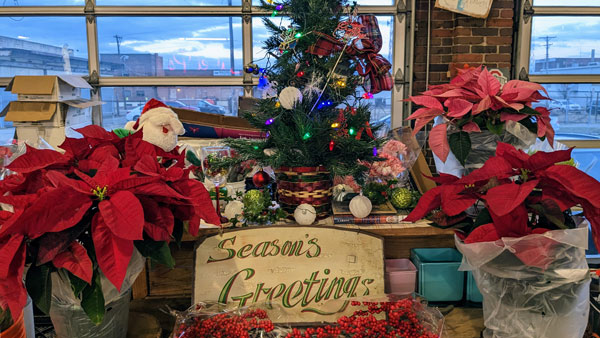








 Preservation Dayton, Inc. (PDI) accepts nominations for outstanding individuals businesses, or organizations that have contributed to PDI’s mission to promote, protect, and enhance greater Dayton’s architectural heritage, its setting, and its contributions to the region’s quality of life.
Preservation Dayton, Inc. (PDI) accepts nominations for outstanding individuals businesses, or organizations that have contributed to PDI’s mission to promote, protect, and enhance greater Dayton’s architectural heritage, its setting, and its contributions to the region’s quality of life.










































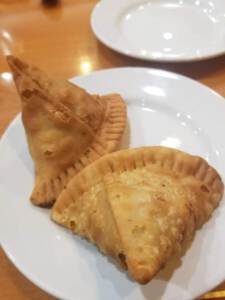

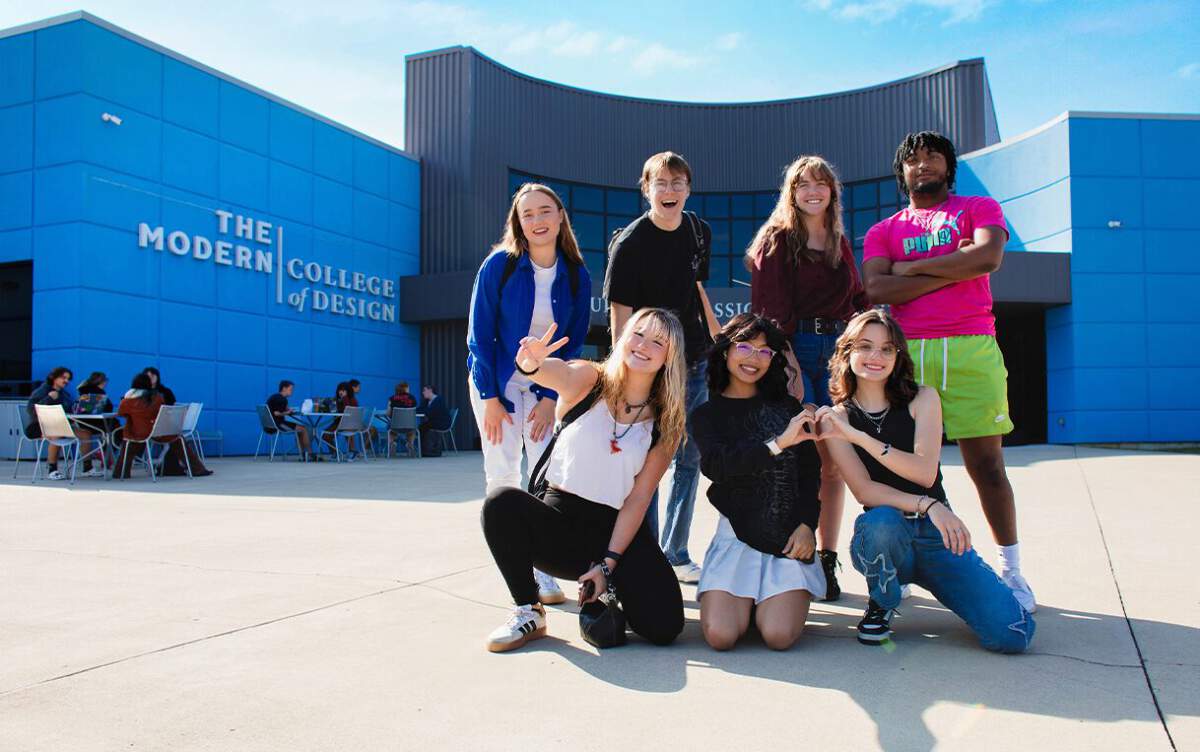
 In January 2024, President Jessica Barry and Chief Academic Officer Korinne Toadvine developed a plan to update the Design Program and create new programs. Korinne worked with instructors, Program Advisory Committee members, which includes employers and alumni, and Director of Career Services Katie Looney to identify specific employer needs in each area and developed curricula to address those needs. Through this process, The Modern developed three programs that lead to an Associate Degree in Applied Business (AAB):
In January 2024, President Jessica Barry and Chief Academic Officer Korinne Toadvine developed a plan to update the Design Program and create new programs. Korinne worked with instructors, Program Advisory Committee members, which includes employers and alumni, and Director of Career Services Katie Looney to identify specific employer needs in each area and developed curricula to address those needs. Through this process, The Modern developed three programs that lead to an Associate Degree in Applied Business (AAB):
 We want to show gratitude for all the Founding Sponsors of Link: Anthem Blue Cross and Blue Shield, Bonbright Distributors and New Belgium Brewing Company, CareSource, City of Dayton, Five Rivers MetroParks, Montgomery County, PNC, Premier Health, Public Health – Dayton and Montgomery County’s Creating Healthy Communities Program, Sinclair College and the University of Dayton for their support.
We want to show gratitude for all the Founding Sponsors of Link: Anthem Blue Cross and Blue Shield, Bonbright Distributors and New Belgium Brewing Company, CareSource, City of Dayton, Five Rivers MetroParks, Montgomery County, PNC, Premier Health, Public Health – Dayton and Montgomery County’s Creating Healthy Communities Program, Sinclair College and the University of Dayton for their support. This Friday, right before the kickoff of the highly anticipated St. Xavier football game, there will be a special recognition ceremony to honor one of our most distinguished alumni, Kirk Herbstreit. A true Centerville legend, Kirk has carried the spirit of our community to the national stage and become one of the most respected voices in sports.
This Friday, right before the kickoff of the highly anticipated St. Xavier football game, there will be a special recognition ceremony to honor one of our most distinguished alumni, Kirk Herbstreit. A true Centerville legend, Kirk has carried the spirit of our community to the national stage and become one of the most respected voices in sports. These values have guided him throughout his career as a sports analyst, where he continues to be a trusted and influential figure, bringing his insight, passion, and integrity to millions of fans across the country. But Kirk’s impact extends beyond sports. He has always remembered his roots, serving as a tremendous ambassador for Centerville High School and our community. Whether he’s sharing stories from his time here or mentoring young athletes, Kirk embodies the values that make Centerville special: Attitude and Effort.
These values have guided him throughout his career as a sports analyst, where he continues to be a trusted and influential figure, bringing his insight, passion, and integrity to millions of fans across the country. But Kirk’s impact extends beyond sports. He has always remembered his roots, serving as a tremendous ambassador for Centerville High School and our community. Whether he’s sharing stories from his time here or mentoring young athletes, Kirk embodies the values that make Centerville special: Attitude and Effort.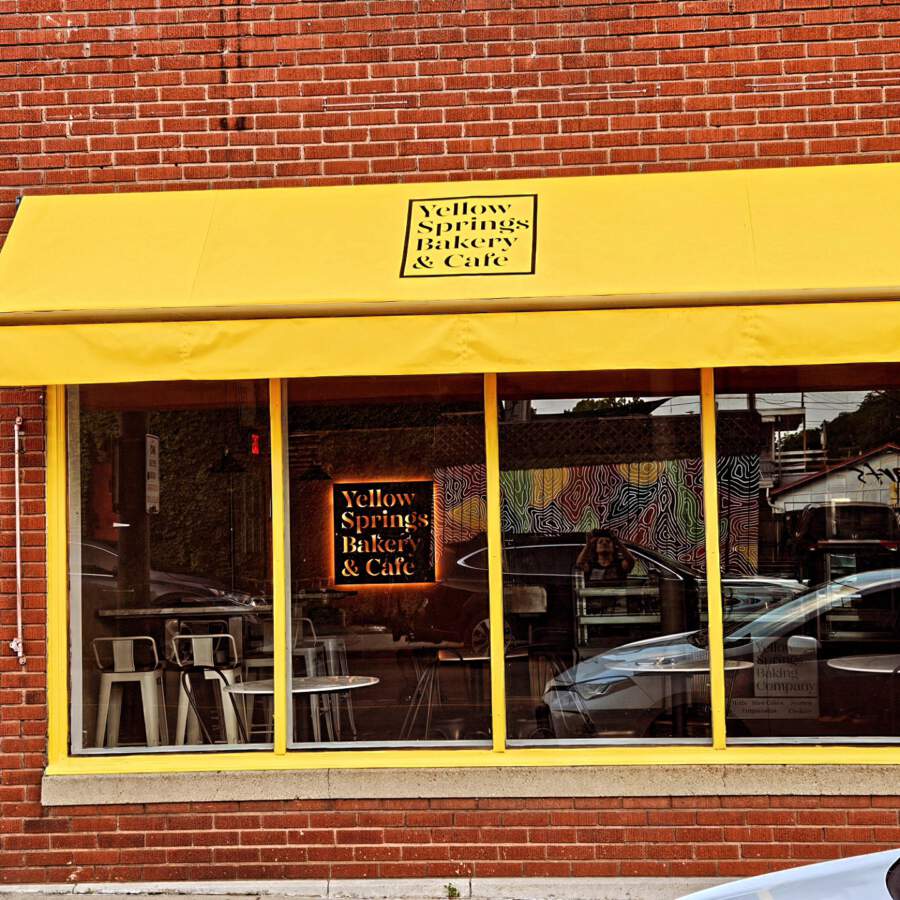
 The expansion into the vibrant downtown corridor of Yellow Springs is the vision of local business duo Karina Tafolla, Pastry Chef of Le Cordon Bleu, and Rob Houk, Finance Specialist & Entrepreneur. This dynamic team aims to bring a fresh and exciting presence to Yellow Springs with their distinctive and contemporary storefront.
The expansion into the vibrant downtown corridor of Yellow Springs is the vision of local business duo Karina Tafolla, Pastry Chef of Le Cordon Bleu, and Rob Houk, Finance Specialist & Entrepreneur. This dynamic team aims to bring a fresh and exciting presence to Yellow Springs with their distinctive and contemporary storefront. Guests can anticipate a lively ambiance and a culturally inspired menu featuring a diverse selection of pastries, baked goods, coffee, and more. The new venue is designed to offer a warm and inviting setting that blends contemporary style with a friendly, neighborhood charm.
Guests can anticipate a lively ambiance and a culturally inspired menu featuring a diverse selection of pastries, baked goods, coffee, and more. The new venue is designed to offer a warm and inviting setting that blends contemporary style with a friendly, neighborhood charm.



